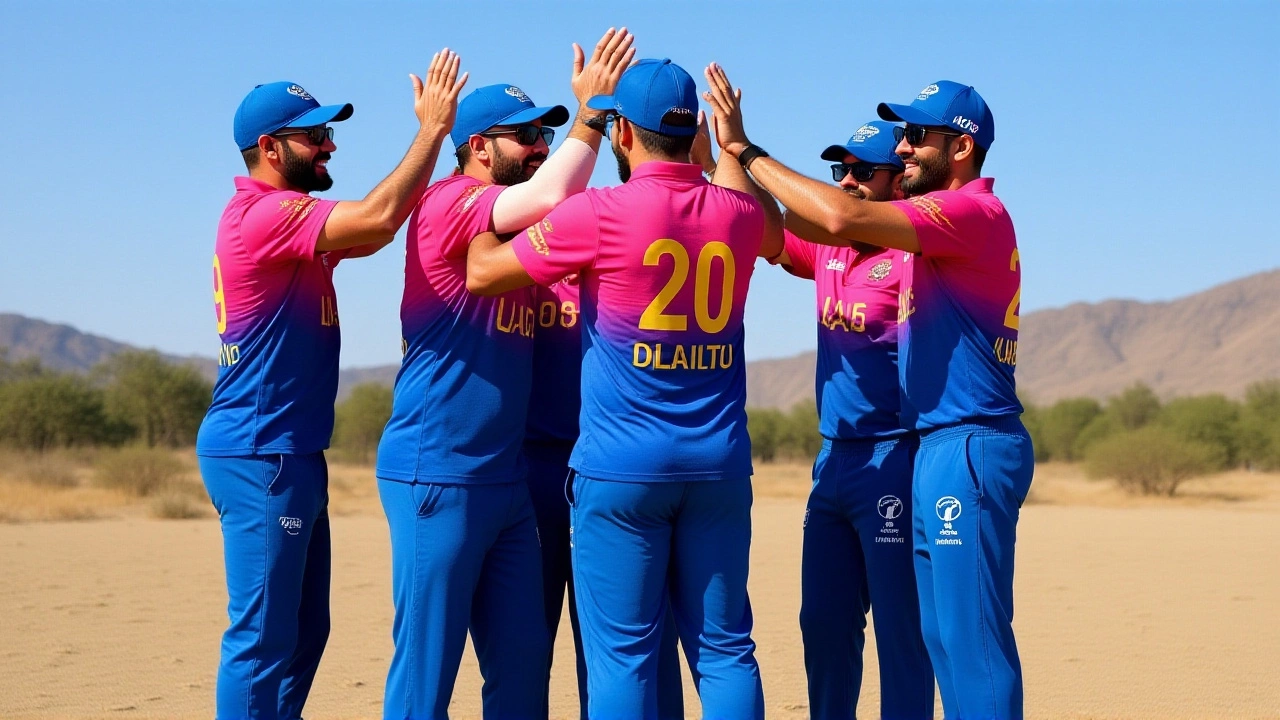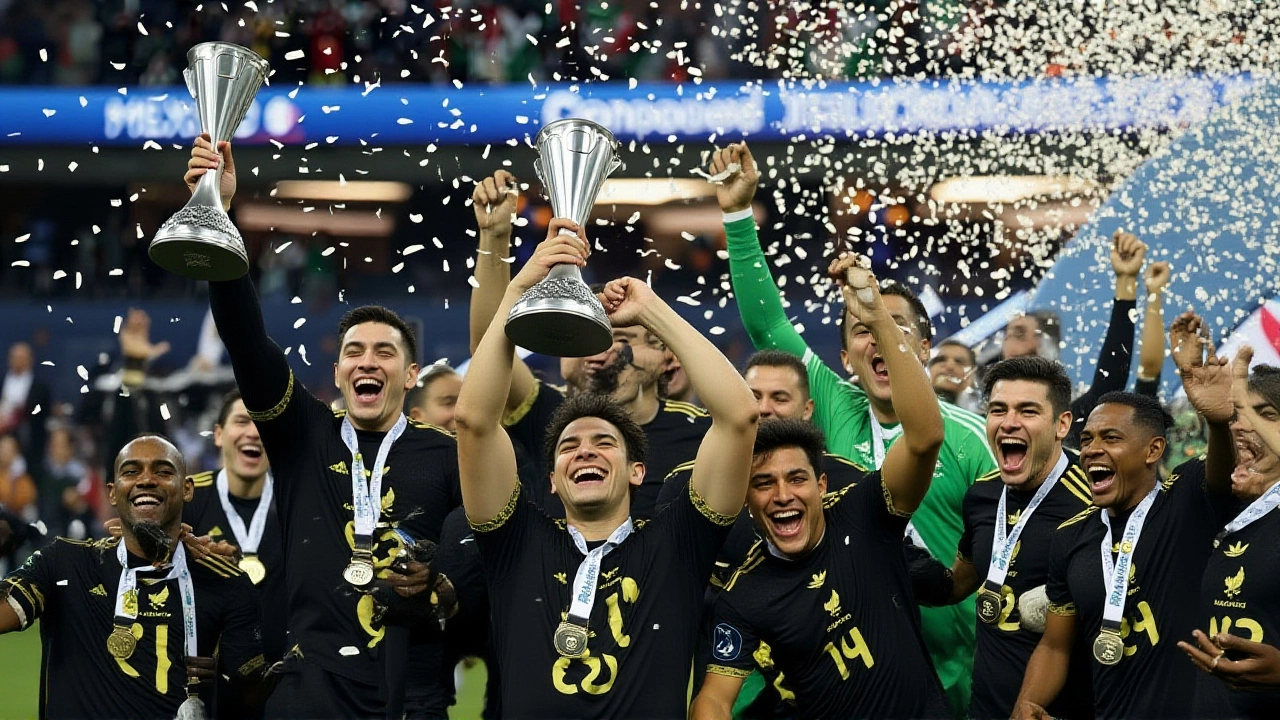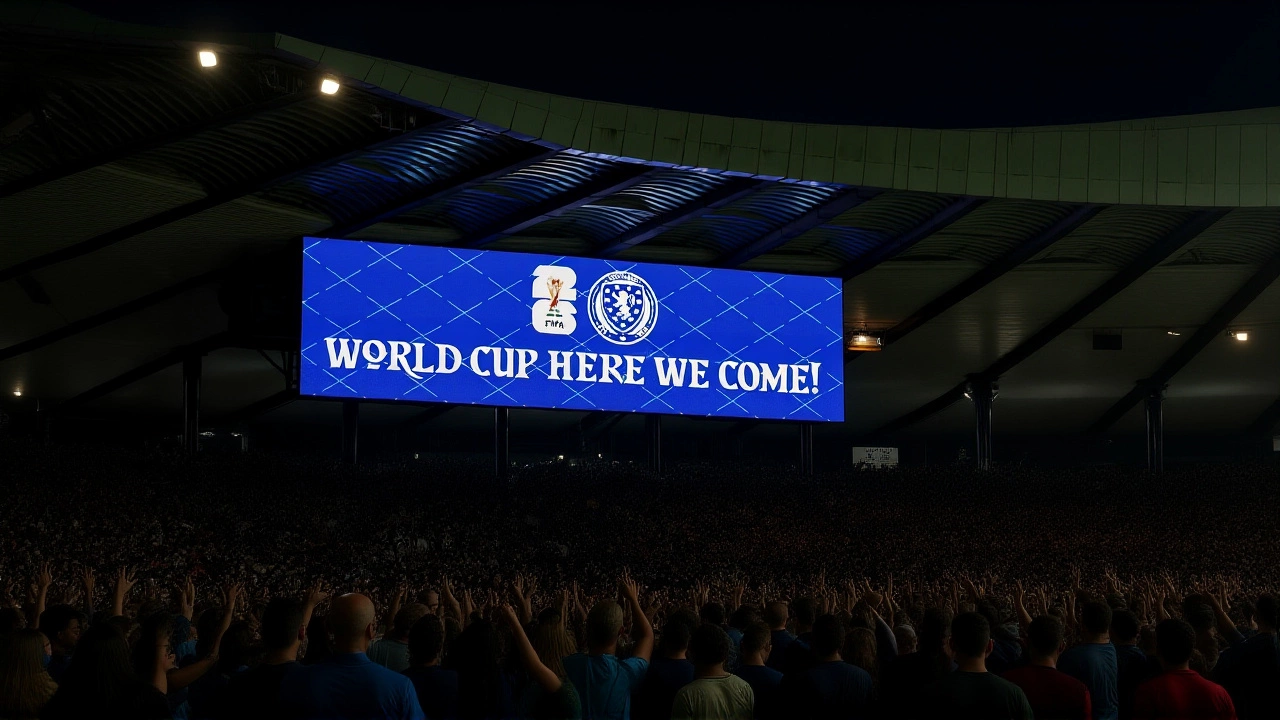The FIFA World Cup 2026 Final Draw will unfold live on Washington D.C.’s iconic John F. Kennedy Center for the Performing Arts on Friday, December 5, 2025, at 12:00 PM ET — a moment decades in the making. For the first time ever, an English-language broadcast in the United States will carry the full draw live on FOX, with pre-show coverage starting at 11:30 AM. This isn’t just a draw; it’s the official unlocking of the tournament’s soul. Fans will finally see who faces whom in the group stage, setting the stage for what could be the most globally watched sporting event in history — 48 teams, three nations, 16 cities, and a final at the New York New Jersey Stadium on July 19, 2026.
Why This Draw Matters More Than Ever
The FIFA World Cup 2026 breaks records before a single ball is kicked. It’s the first World Cup hosted by three countries — the United States, Mexico, and Canada — after their joint bid defeated Morocco in 2018. But this isn’t just about geography. The expansion from 32 to 48 teams means more nations get a shot, more underdogs get a spotlight, and more upsets become possible. The draw determines not just matchups, but legacies. A team like Jamaica or Suriname, barely on the radar two years ago, could find themselves in a group with Brazil or Germany. That’s the magic. And for the first time, American viewers won’t need to rely on streaming or international feeds. They’ll watch it on broadcast TV, just like the Super Bowl.
The Road to the Draw: Playoffs, Suspensions, and Surprises
The path to this moment has been anything but smooth. On November 20, 2025, the International Play-off Draw in Zurich set the final two spots: Pathway 1 pits New Caledonia against Jamaica, while Pathway 2 has Bolivia versus Suriname. Winners face Congo DR and Iraq in a winner-takes-all clash. Meanwhile, Europe’s drama unfolded the same day: Italy vs. Northern Ireland and Wales vs. Bosnia and Herzegovina headline Path A, with semi-finals set for March 26, 2026.
But the road wasn’t paved with glory alone. Eritrea withdrew in late 2024, fearing players would defect if allowed to travel abroad — a heartbreaking reminder of the political weight football carries. Then came Congo’s suspension on February 6, 2025, after government interference in FECOFOOT operations. FIFA lifted it on May 14, but not before awarding 3-0 forfeit wins to Tanzania and Zambia. These aren’t footnotes — they’re chapters in the story of global football.

Where the Games Will Be Played
The tournament’s footprint is staggering. Eleven U.S. cities will host matches: Atlanta, Boston, Dallas, Houston, Kansas City, Los Angeles, Miami, New York, Philadelphia, San Francisco, and Seattle. Mexico brings the passion to Guadalajara, Mexico City, and Monterrey. Canada, with its quiet but growing football culture, hosts in Toronto and Vancouver. And the crown jewel? The final at the New York New Jersey Stadium — a brand-new venue built for this moment, expected to hold over 80,000 fans.
The Bracket Breakdown: How 48 Teams Will Advance
Forget the old 16-group format. This time, 12 groups (A through L) of four teams each. The top two from each group advance — that’s 24 teams. Then, the eight best third-place finishers join them. The third-place slots are assigned by group: 3B, 3D, 3E, 3F, 3I, 3J, 3K, and 3L. That’s a new system, designed to keep the tournament competitive. The group stage tables right now? Empty. Team K1 and L1 sit with zero matches, zero points. But that won’t last. Come December 5, those slots will be filled with names that will echo for generations. FIFA World Cup 2026 isn’t just a tournament — it’s a global reckoning of talent, geography, and history.

What’s Next? The Countdown Begins
With 42 teams already qualified — 26 of whom played in the 2022 World Cup — the final six spots will be decided by March 31, 2026. The European Play-off Final and Intercontinental Play-off Final will crown the last entrants. Then, it’s training camps, friendlies, and the inevitable hype. Coaches will study opponents, fans will plan trips, and broadcasters will scramble to sell ads. The draw isn’t just a formality — it’s the spark. After December 5, the world won’t just be waiting for the World Cup. It’ll be living it.
Frequently Asked Questions
How will the new 48-team format change the World Cup experience?
With 48 teams, the group stage expands to 12 groups, meaning more nations get a chance to compete — including underdogs like Jamaica or Suriname. The top two from each group advance, plus eight best third-place teams, keeping the competition tight. This increases the number of matches from 64 to 104, extending the tournament by nearly two weeks and creating more opportunities for upsets and underdog stories.
Why is the draw being held in Washington D.C. instead of a soccer city?
FIFA chose the John F. Kennedy Center for the Performing Arts to emphasize the historic nature of the event being broadcast live on U.S. network TV for the first time. It’s a symbolic nod to American culture and media influence, not just soccer infrastructure. The location signals that this World Cup is as much about global unity as it is about sport.
Which teams are still fighting for a spot in 2026?
Six teams remain in contention: four from the European play-offs (winners of March 26 semi-finals) and two from the intercontinental playoff (New Caledonia/Jamaica and Bolivia/Suriname winners). The final two spots will be decided by March 31, 2026, with the winners of those paths facing Congo DR and Iraq. No confirmed teams are locked in yet — the draw could still surprise.
How did Congo’s suspension affect the qualification process?
Congo’s suspension by FIFA from February 6 to May 14, 2025, due to government interference in FECOFOOT, led to automatic 3-0 forfeit wins for Tanzania and Zambia in their matches. While Congo was reinstated, those results stood, altering group standings. Their return doesn’t erase the damage — they’re now playing catch-up in a system where every point matters.
Why is the New York New Jersey Stadium significant for the final?
The New York New Jersey Stadium is a brand-new, purpose-built venue designed specifically for the 2026 final. With a capacity of over 80,000, it’s the largest stadium in the U.S. built for soccer since the 1994 World Cup. Its location between two major media markets ensures global broadcast reach and massive fan turnout — making it the perfect stage for the world’s biggest single-day sporting event.
Will the U.S. host all its matches in the same cities as the 1994 World Cup?
No. While some cities like Los Angeles and Miami returned, others like Seattle, Kansas City, and Philadelphia are new additions. The 2026 tournament spreads the wealth — focusing on modern stadiums, diverse fan bases, and expanding soccer’s footprint beyond traditional hotbeds. This reflects the growth of the sport across the U.S., not just its historical centers.
